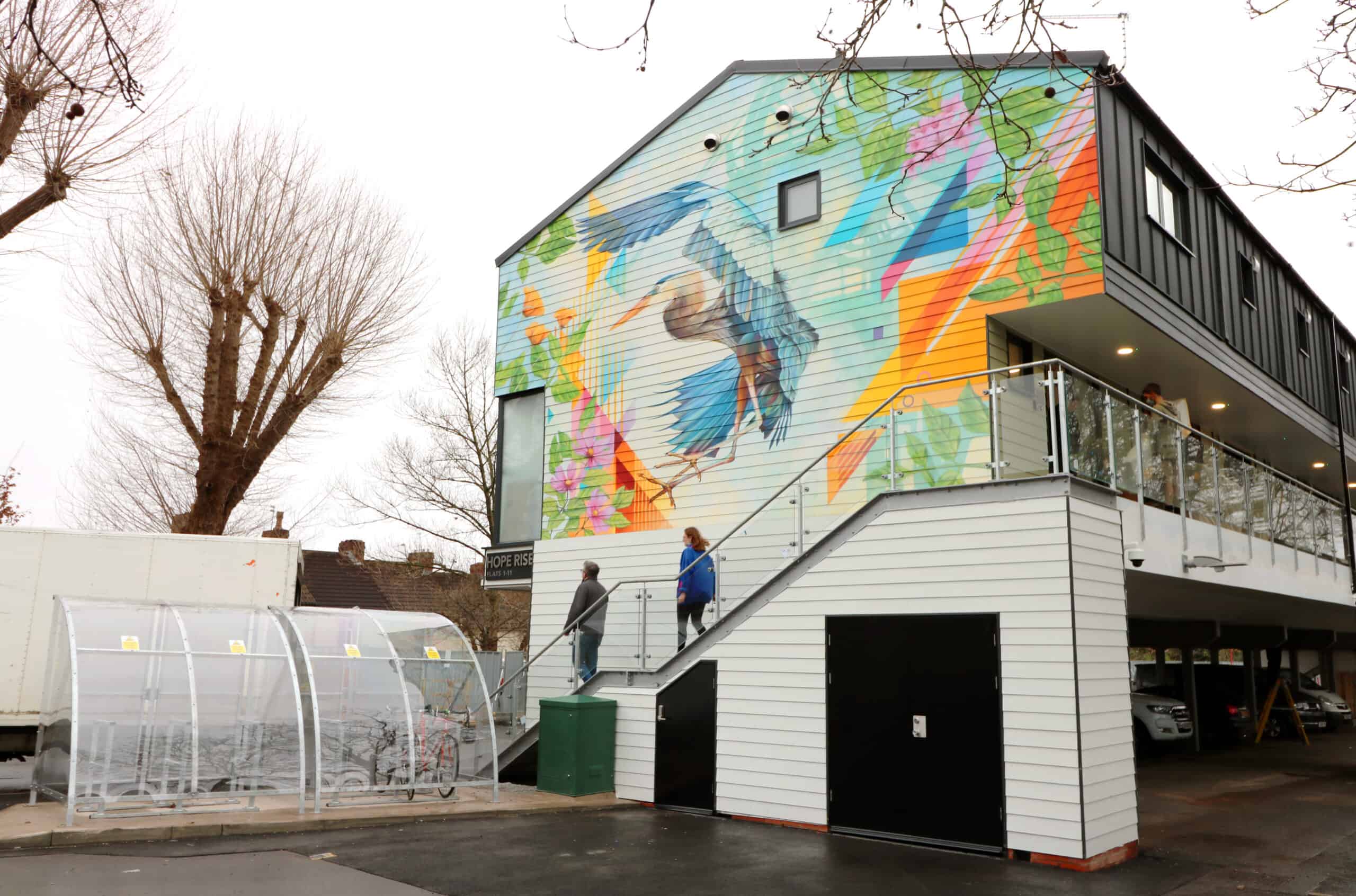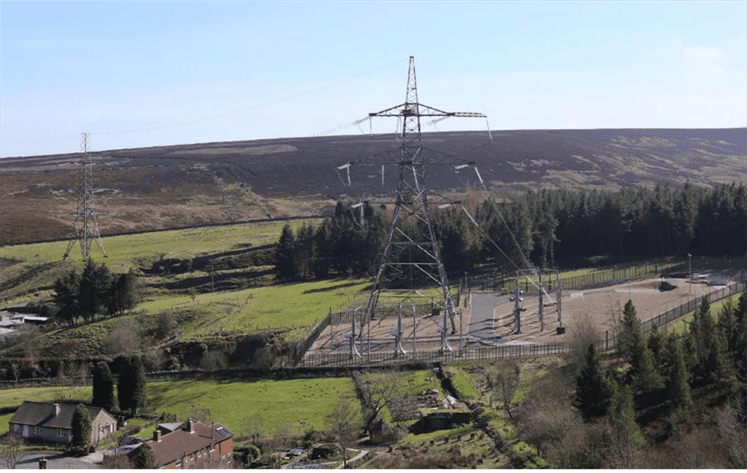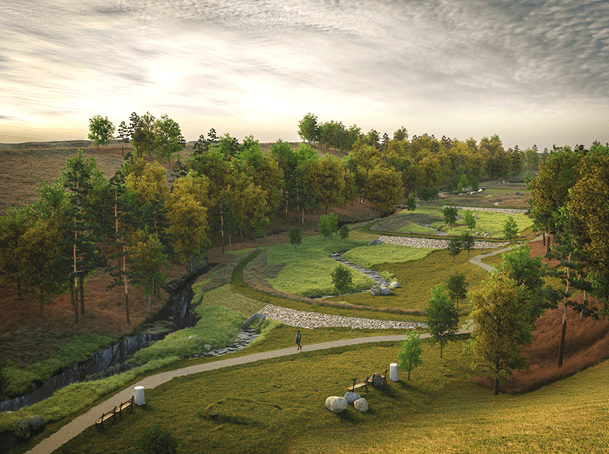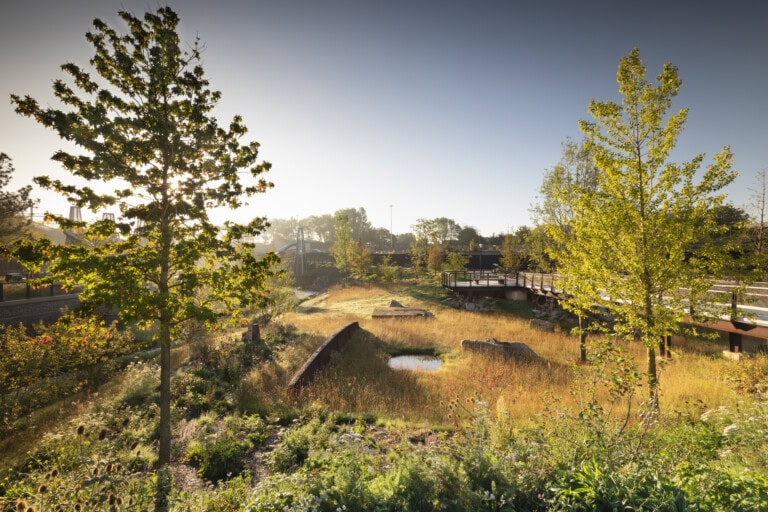Duxford Old River Floodplain Restoration Project & Habitat Bank

Key Sustainability Objectives/outcomes and Approaches Used
Biodiversity Net Gain
The Wildlife Trusts Habitat Banking project (a partnership between BBOWT, Cheshire, Warwickshire and Surrey Wildlife Trusts, and Finance Earth) approach enabled BBOWT to explore the best sales strategy of biodiversity units across the life of the project. Berks Bucks and Oxon Wildlife Trust has recently presented a webinar about this here.
Duxford will have a large volume of units to sell (in the hundreds) from the creation of a mosaic of key floodplain habitats: floodplain wetland mosaic, other neutral grassland, broad-leaved woodland, and mixed scrub . These habitats will support species of wildfowl, waders, and songbirds. An Environment Benefits from Nature assessment revealed that in 30 years we are likely to see increases in the following services: water supply, flood regulation, erosion protection, carbon storage, air quality regulation, cooling and shading, and interaction with nature. We are likely to see large increases in: water quality regulation, pollination, pest control, aesthetic value, and sense of place.
Lessons Learnt
BBOWT really benefitted from having a financial model developed by Finance Earth to stress test its sales approach across multiple scenarios (of selling pre- or post-enhancement, testing the unit price). There was a need for patience and adaptability, as the model required multiple iterations as challenges were identified. Creating a habitat bank in a pre-regulation environment has been resource intensive and a time-consuming process, as there are still many regulatory uncertainties.

Related
Visual Impact Provision (VIP) – Peak District East

Brighouse Flood Alleviation Scheme

Halifax Bus Station

Mayfield

